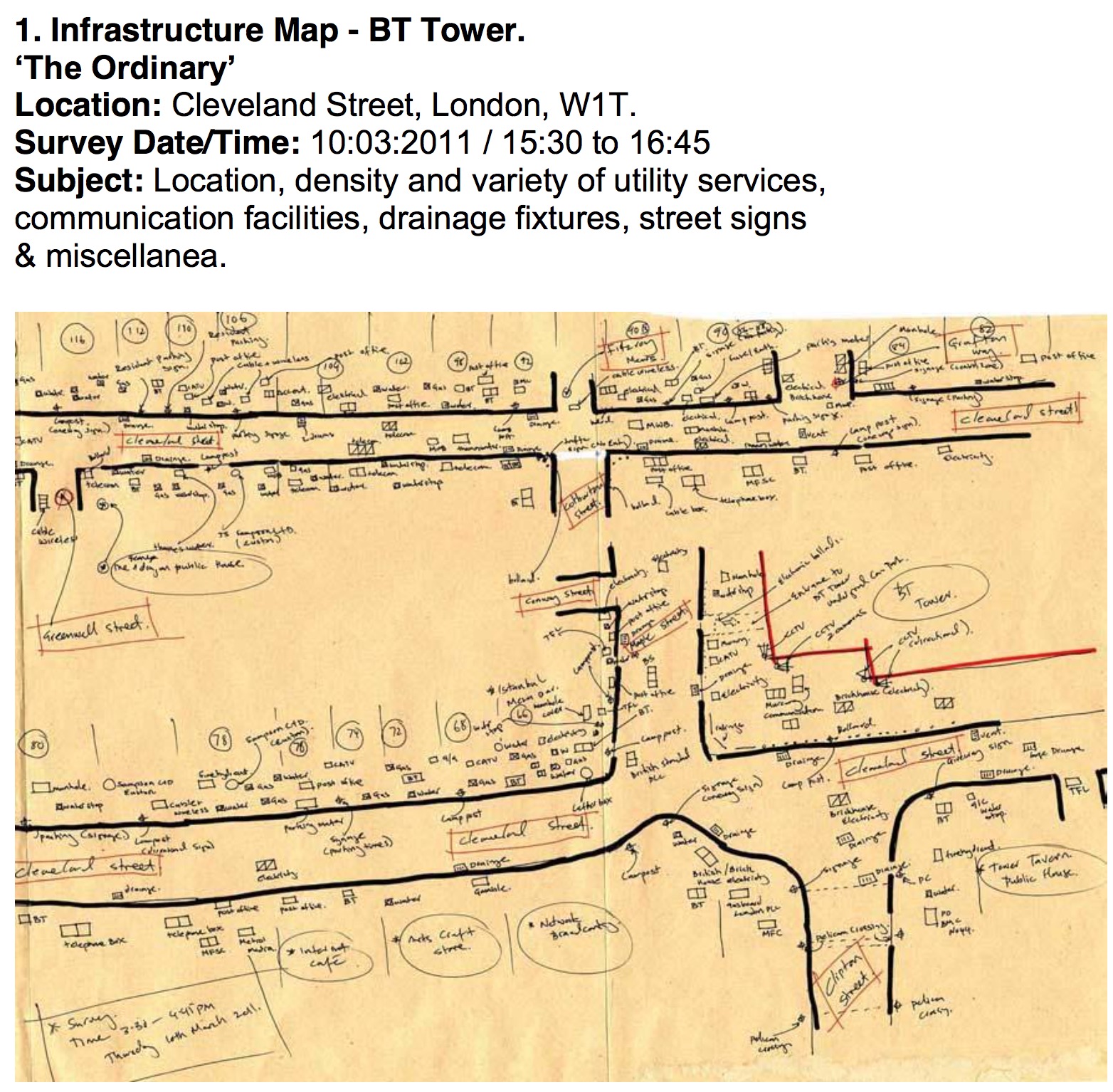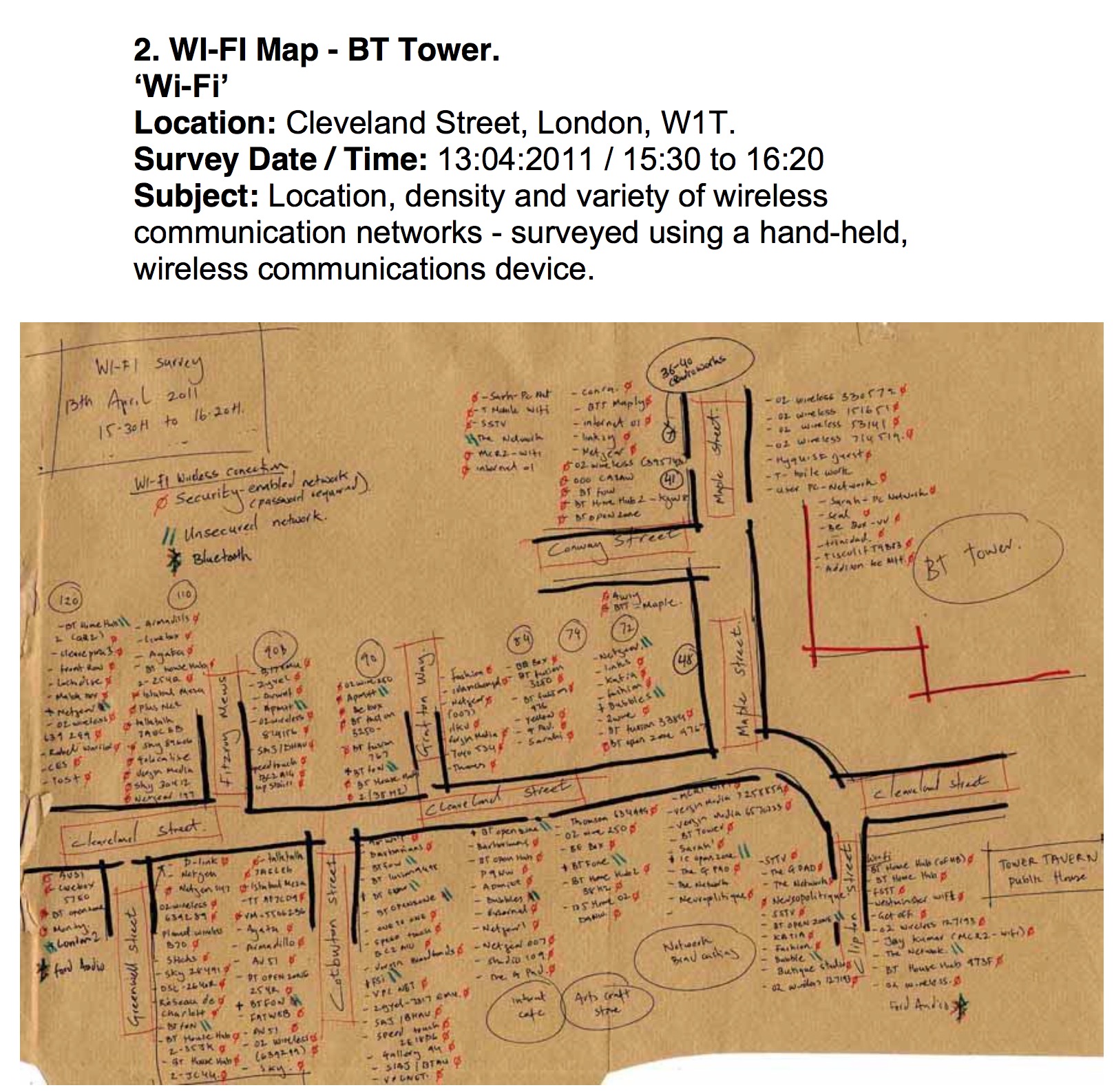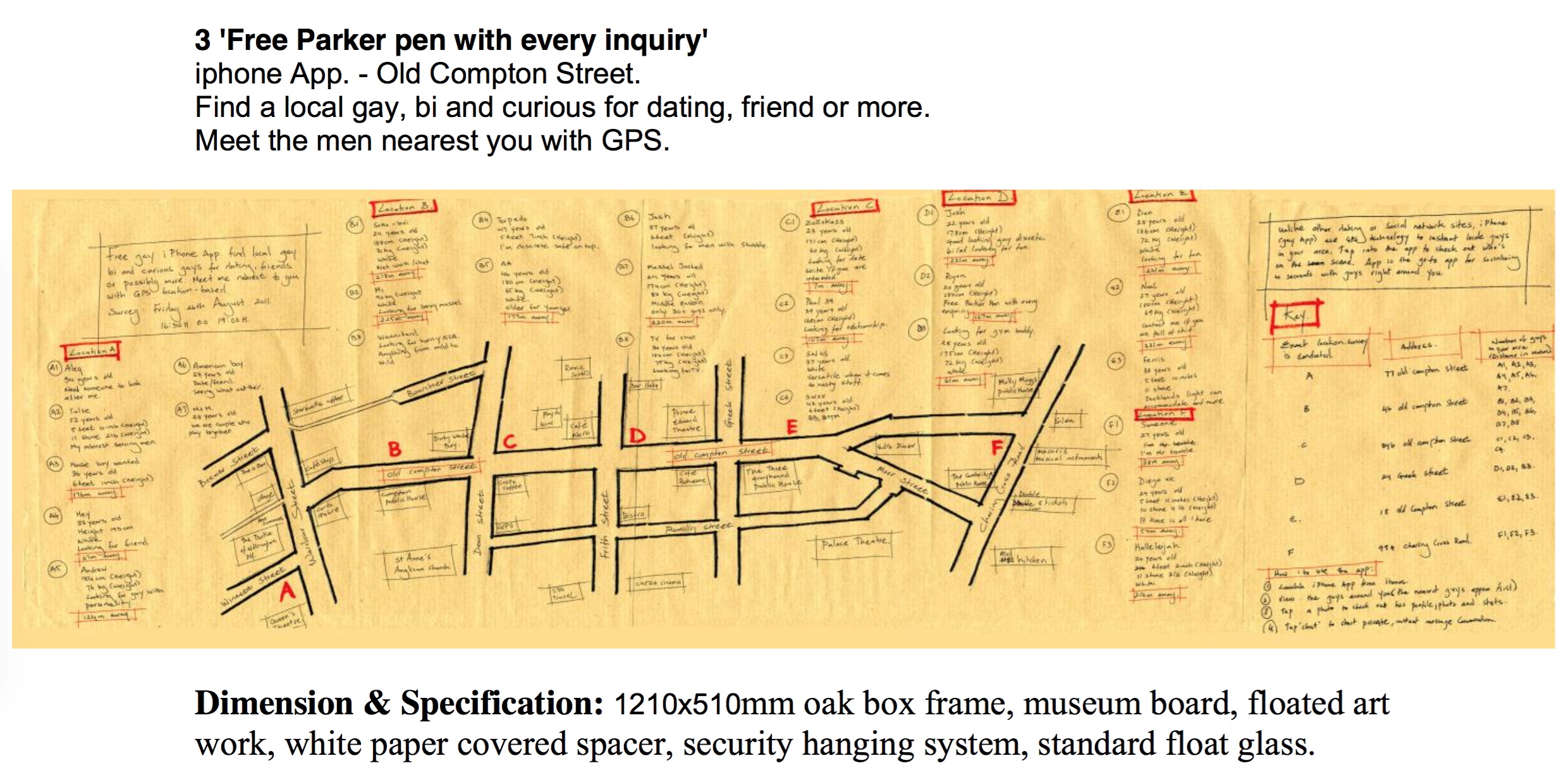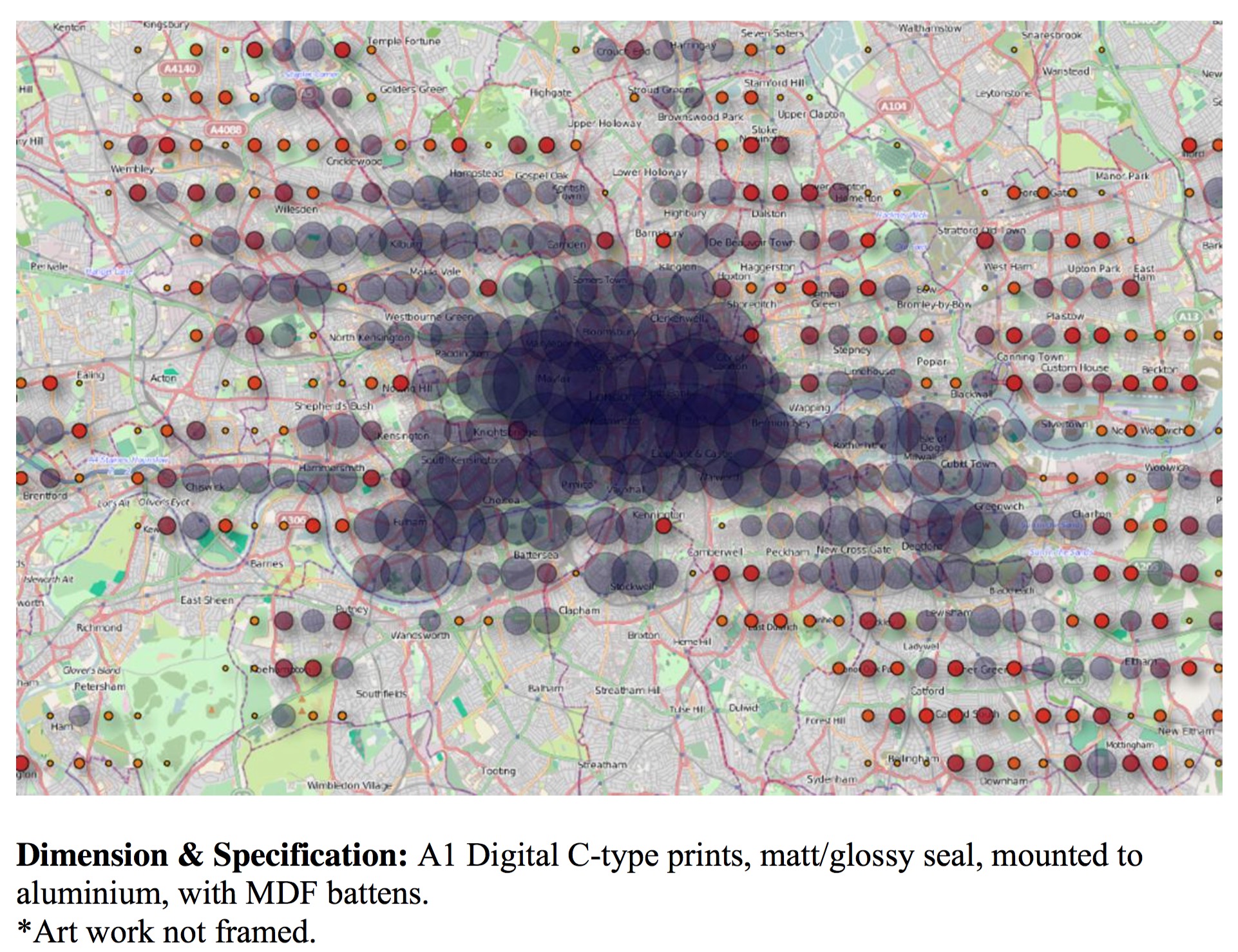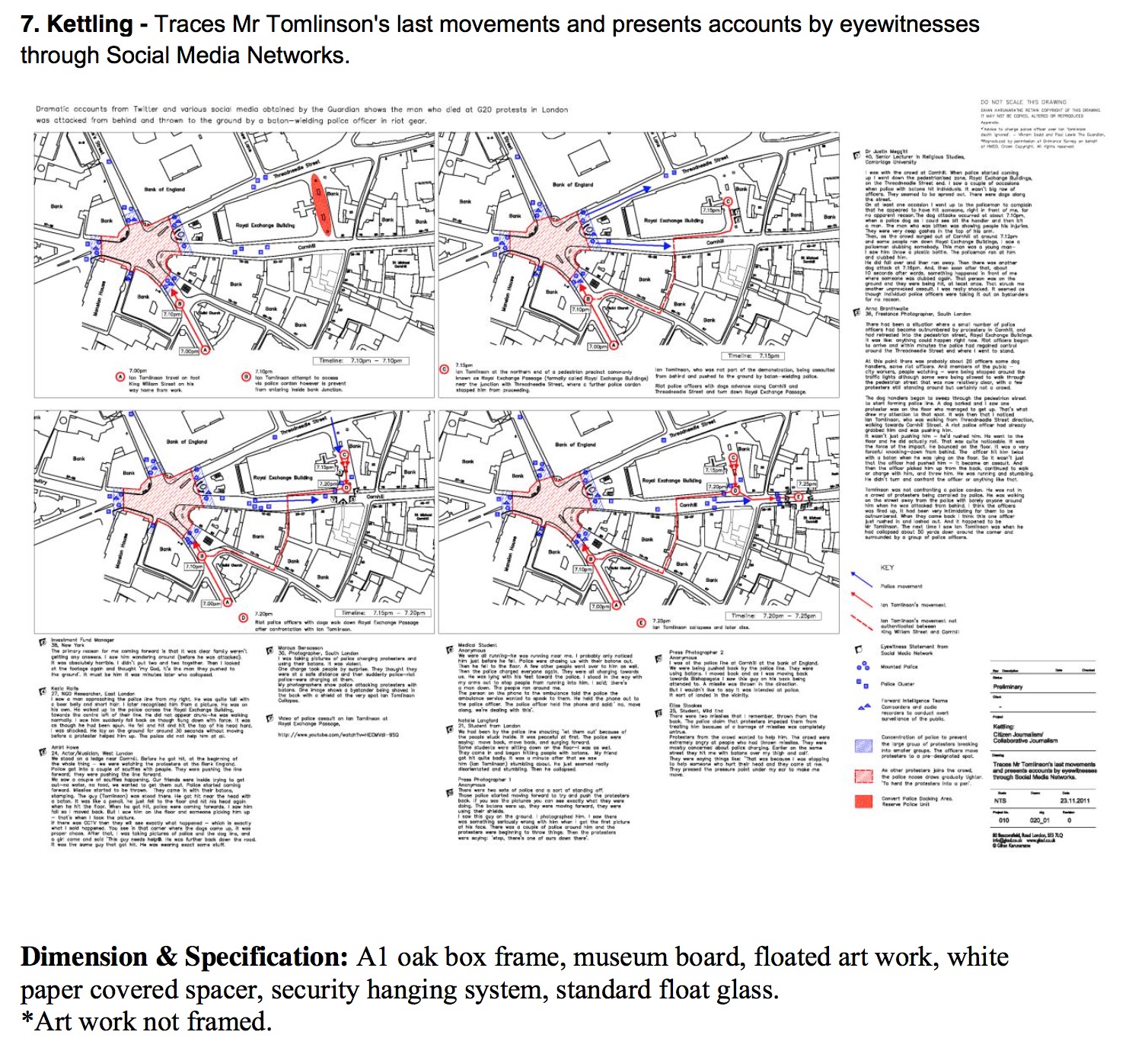Image by Maatram, via Groundviews
I was asked to contribute an article to an up-coming issue of The Architect, the journal of the Sri Lanka Institute of Architects. The issue will be anchored to the idea of ‘democratic space’. After the guest editor accepted my article without any reservations or edits, he was informed by the Editor in Chief a few weeks ago that references to the Rajapaksa’s were problematic. With some reservations, I agreed to delete these references. A hugely apologetic guest editor informed me this morning that the Institute and Chief Editor had further problems with the article, since they in fact agreed with the beautification programme led by Gotabaya Rajapaksa and the former government’s essential evisceration of communities in the heart of Colombo.
For context, read Forced Evictions in Colombo: High-rise Living published by this site’s institutional anchor, the Centre for Policy Alternatives (CPA). The report robustly critiques the former government’s beautification drive and indeed, the World Bank’s involvement in and support of it.
In their refusal to publish this article, the Chief Editor and indeed the Sri Lanka Institute of Architects are cogent examples of what endures as a sickening phenomenon that bedevils our democratic potential – where educated professionals disgustingly continue to be unapologetic servants and defenders of an arrogance of power, corruption and violence we should have all left behind, and roundly decried, after the 8th of January.
###
How do we map the exceptions to the normal? How can we critique that which so many cannot even see as violent or oppressive? What really is normal or perceived as normal, in a context of protracted violence? And finally, in mapping architectures of violence, what is the intent? Is it subversive? Intended to foment reflection, reduction or revolt? Is it to bear witness or to inspire change? Architect and artist Gihan Karunaratne’s work, which I first encountered before the exhibition of his works at the Colombo Art Biennale in 2014, addressed many concerns I too had endeavoured to raise and question. His perspectives are largely anchored to and framed by London and England. My own attempts in using art, graphics, data science and architectural motifs were framed by the systemic ethno-political violence in Sri Lanka. It was natural therefore that he and I shared an interest in, inter alia, how State power and associated technologies could be mapped by human agents even under disempowered conditions, and how by doing so, a critical appreciation around the degree and nature of violence could be strengthened.
Karunaratne’s work also piqued my interest because he interrogates, through a visual idiom based on geographical mapping, key mechanisms – both technological and human – essentially designed to control, censor and contain in the guise of security and order. These modern human and digital artefacts are an alternate reality, permeating our lives at every step yet largely invisible, and indeed even when flagged, inoffensive or politically inert to most. Karunaratne projects this covert landscape to a visible plane, alerting our consciousness to that which we are all hostage to, yet tuned out of. His maps are guides to that which Londoners walk by seeing without observing – the necessary fixtures of urban life that also, in that city, double up as the paraphernalia of surveillance and control. In ‘The Ordinary’, Karunaratne records the observable artefacts of a street, merging city infrastructure with the brick and mortar of commerce and industry, the signs of the State as well as signs to guide pedestrians and drivers, the locations of public utilities as well as the sites of private enterprise. Here you see the make-up of a modern city, demarcated by invisible lines of power. ‘Wi-fi’ continues this mapping of urban life, marking through a high concentration of private and public wireless networks the ‘filter bubbles’, to use Eli Pariser’s term, of modern life – communities defined not by their relations with each other, but through interactions that are self-referential or only with the like-minded. In the creation of this map, Karunaratne has done on a smaller scale what got Google into hot-water for doing on a far larger scale – the mapping of wi-fi networks. And yet Karunaratne’s critique works on multiple levels. In mapping so many networks within a small area, we are confronted with the inevitable question – are so many necessary in an urban commons? Why isn’t an open network the default? In plotting on a map the networks he discovered, Karunaratne also critiques the data collection, retention and usage policies of large corporations which are far more pervasive, opaque and beyond any critical interrogation.
After Edward Snowden’s revelations, from 2013 onwards, around the nature and extent of surveillance by intelligence agencies in the US, UK and other countries, it comes as no surprise that private enterprise is a willing and vital partner in our pseudo-democratic panopticons. Karunaratne’s two works based on the geo-location technology built into Apple’s iOS mobile operating system reveal the degree to which, through meta-data, the nature of our lives could be revealed, visualised and indeed, dissected by those that have access to this information. It must be said that post-Snowden, more control has been ceded to end users and consumers around how much, and to what degree, this information is passed back to private enterprise, and often by extension, State intelligence services. Nevertheless, it remains the case that modern technology – from GSM networks to wearable computing in the form of fitness trackers, from smart homes to cashless payment systems – results in an invisible yet extremely comprehensive trail of our habits and preferences. This in turn results in an enduring problem – we are never in control of the information we produce as a consequence of our multi-faceted engagements with networks of automation and convenience. Karunaratne’s work beautifully visualises this in the form of plotting an iPhone user’s movements over time, by accessing nothing more than the operating system’s own record of the phone’s precise location. It begs the question – in a world where it is no longer possible to be truly invisible or completely private, what role and relevance does privacy play in governing our lives?
While located in London, Karunaratne’s schematic visualisations of kettling – a police tactic for controlling large crowds during demonstrations or protests – is the most resonant in Sri Lanka. From the water riots of Weliweriya in 2013 to the quelling of so many peaceful demonstrations in Colombo, Jaffna and other parts of the country, the Sri Lankan State’s approach to crowd control has often been to shoot, water canon, mercilessly beat, arrest or detain first and ask questions later, if at all. One imagines that if Karunaratne was to locate his visual critique of kettling in Sri Lanka, the resulting visualisations would largely mirror the tactics of the London Metropolitan Police, albeit with more brutally effective means of crowd control. What Karunaratne’s work also reveals is that the monopoly of violence is often with those clad in riot control gear. 47 year old Ian Tomlinson’s tragic death, after being attacked by the Police in London, is captured in meticulous detail by Karunaratne based on social media accounts. This schematic reminds us of the power of sousveillance – the recording of an activity or context by those embedded in it, or in other words, bearing witness to what is going on around individuals and communities by technologies in the very hands of those individuals and communities. This radically subverts the general appreciation of surveillance as structures of oversight and control by agencies above and beyond the law. In Sri Lanka, the 2013 water riots in Weliweriya were meticulously recorded by citizens using their mobile phones, as was, in 2014, the violence against the Muslims in Aluthgama. What was violence rendered invisible through censorship and the production of propaganda a few years ago is no longer possible with the democratisation of mobile technologies. Interestingly then, Karunaratne’s artistic corpus examines, and very well, a central tension of society today – a democratisation of technology that has resulted in the erosion of privacy and heightened the possibility of surveillance while at the same time empowering individuals and communities, even at the very margins of power, to bear witness to violence and amplify their voices. Violence today, almost always, has a witness, and surveillance, no longer the monopoly of the State.
Through happy coincidence, the presentation of Karunaratne’s work during the Colombo Art Biennale in 2014 was at the height of what under the Rajapaksa regime in Sri Lanka was called ‘beautification’, a process whereby in Colombo, for example, entire communities (comprising of Muslims, Tamils and Sinhalese) were forcibly relocated with scant regard for their rights in the name of visually cleaning up the city and also the freeing up of prime land for commercial use. The ostensible benevolence of government provided the overarching fiction for what was a process supported even by those – the middle class residents of Colombo – who had the greatest access to information around how violent a process it really was, if that is, they chose to engage with inconvenient truths. Many did not. Pleasing visual aesthetics was a potent opiate to carry out policies around urban development that were at their core illiberal, illegal and violent. As Ruwanthie de Chickera’s compelling silent play ‘Walking Paths’ reminded us, it wasn’t just about an essentially authoritarian State defining our public and private lives, but the ceding of all oversight, interrogation and democratic course correction by citizens who are amongst the most affluent, informed and powerful in the country that remains one of the most disturbing aspect of ‘beautification’ under the Rajapaksa regime. Deep seated and essentially violent architectures of control – such as those presented by Karunaratne – overwhelmed civic resistance. Or perhaps, the narratives of resistance, anxiety and despair, produced by victims of beautification, were precisely those that mainstream media and the dominant propaganda of the State ignored, sought to erase and largely succeeded in overwriting. Re-imagining and reconstructing the architectures of our urban spaces post-war requires us to not repeat these recent mistakes. In the Rajapaksa model of ‘beautification’, the end justified the means and due process was entirely peripheral to more kinetic measures to execute a central architect’s vision. Karunaratne’s art, based on fact and the promotion of observable phenomena to a map, serves as warning to both the authoritarian State and indolent citizen. To the State, including the Sri Lankan State, his work is a reminder that violence – systemic, localised, aimed at mind or more corporeal in nature – when recorded by those who even without immediate agency, can through collective witnessing and over time, radically shift political power. To the citizen, Karunaratne’s work offers the dangers of complacency – where routine, convenience and agreeable aesthetics hold hostage, through the willing suspension of resistance, democratic norms, rights and principles.
It is unclear to what degree Sri Lanka’s new government will steer the city and country away from the worst of what it was towards the best of what it can and should be. One risks disappointment to hope that with all the resources and goodwill it commands, the Sirisena administration will, to take a cue off Karunaratne’s work, map a future that builds on technologies of emancipation, empowerment and education. A new cartography of freedom, dignity and democracy, surely, must serve to erase the deep lines of war – and it is towards this effort that we must redouble our efforts.
As a government. As citizens.


